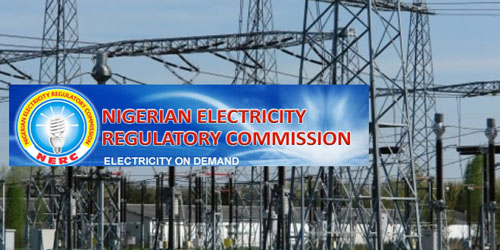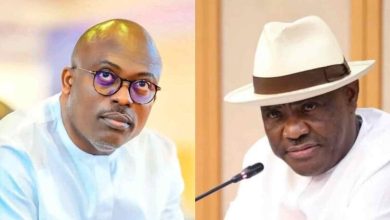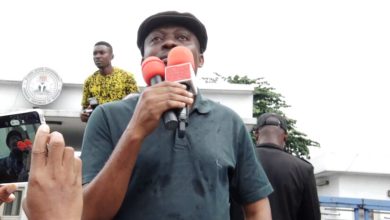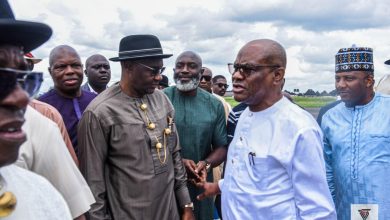JUST IN: Bad News As FG Hikes Electricity Tariff

The federal government of Nigeria has approved the implementation of a fresh hike in electricity tariff in the country.
This was announced by Sanusi Garba, the chairman of the Nigerian Electricity Regulatory Commission (NERC), confirming the upward review effective from January 1, 2024.
“Any time the government takes a decision on subsidy, we will take it into consideration in our next tariff. In other words, even if there is an upward review of the cost of electricity, the government will be absorbing the increase for as long as it can,” explained Garba when asked about the duration of the subsidy.
Garba detailed the impact of the new tariff on non-maximum demand (MD) customers, stating, “non-maximum demand (MD) customers of the Abuja Electricity Distribution Company (AEDC) band will retain the N68.20 per kilowatt tariff.” The review affected the cost-reflective tariff for the band, increasing from N88.47 in 2023 to N124.42 this year, with a subsidy of N35.95 per kw provided by the government.
Similarly, under the Eko Electricity Distribution Company (EKEDC) band, non-maximum demand (MD) customers maintaining the N67.48 tariff from last year witnessed a change in the cost-reflective tariff from N89.03 to N114.84 this year, indicating a subsidy of N25.81 per kw.
Garba clarified the variation in kilowatt costs among Electricity Distribution Companies (DisCos), stating, “what was published on the NERC website is what the discos are expected to charge to remain in business, but because of the subsidy provided by the government, what consumers would actually pay won’t be up to the specified amount.”
“The commission has issued a tariff order that was just posted on our website yesterday (Tuesday). The tariff order contains the appropriate tariff the DisCos should be charging if they have to remain in business and the rules are very clear about the tariff order: some 110, some 120 and 130,” Garba explained regarding the different tariff specifications for DisCos.
“Different DisCos have different parameters, efficiency levels and so on. But we have published what they should charge. We have also published the amount they are allowed to charge based on government policy because government has decided for now because of the living crisis, and so many things to, in the meantime, continue subsidizing electricity,” emphasized Garba on the transparency provided by the tariff order.
“So, if you check the order you will see that tariffs are not going up but in the order, you will see what the DisCos should be charging. You can also see in the order the amount of subsidy the government will be providing to cover the gap, what they should charge that they are not allowed to charge without subsidy,” Garba concluded, highlighting the government’s commitment to subsidizing electricity.




